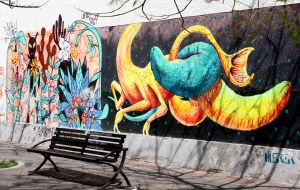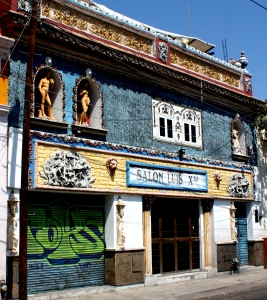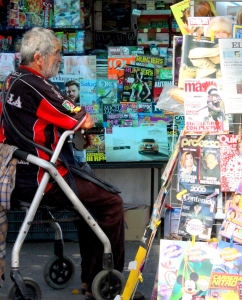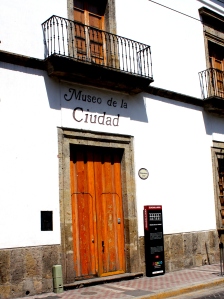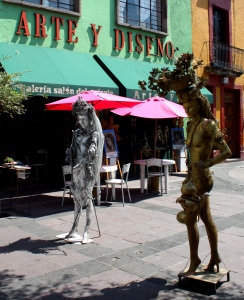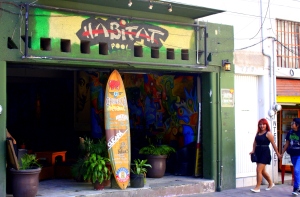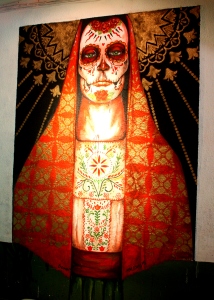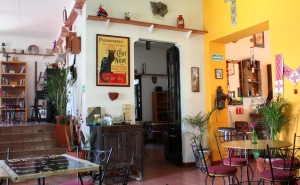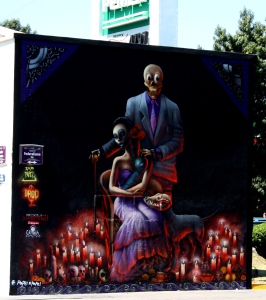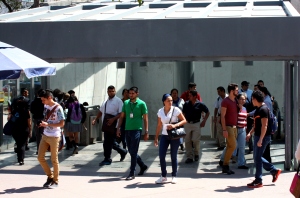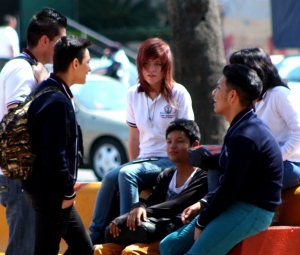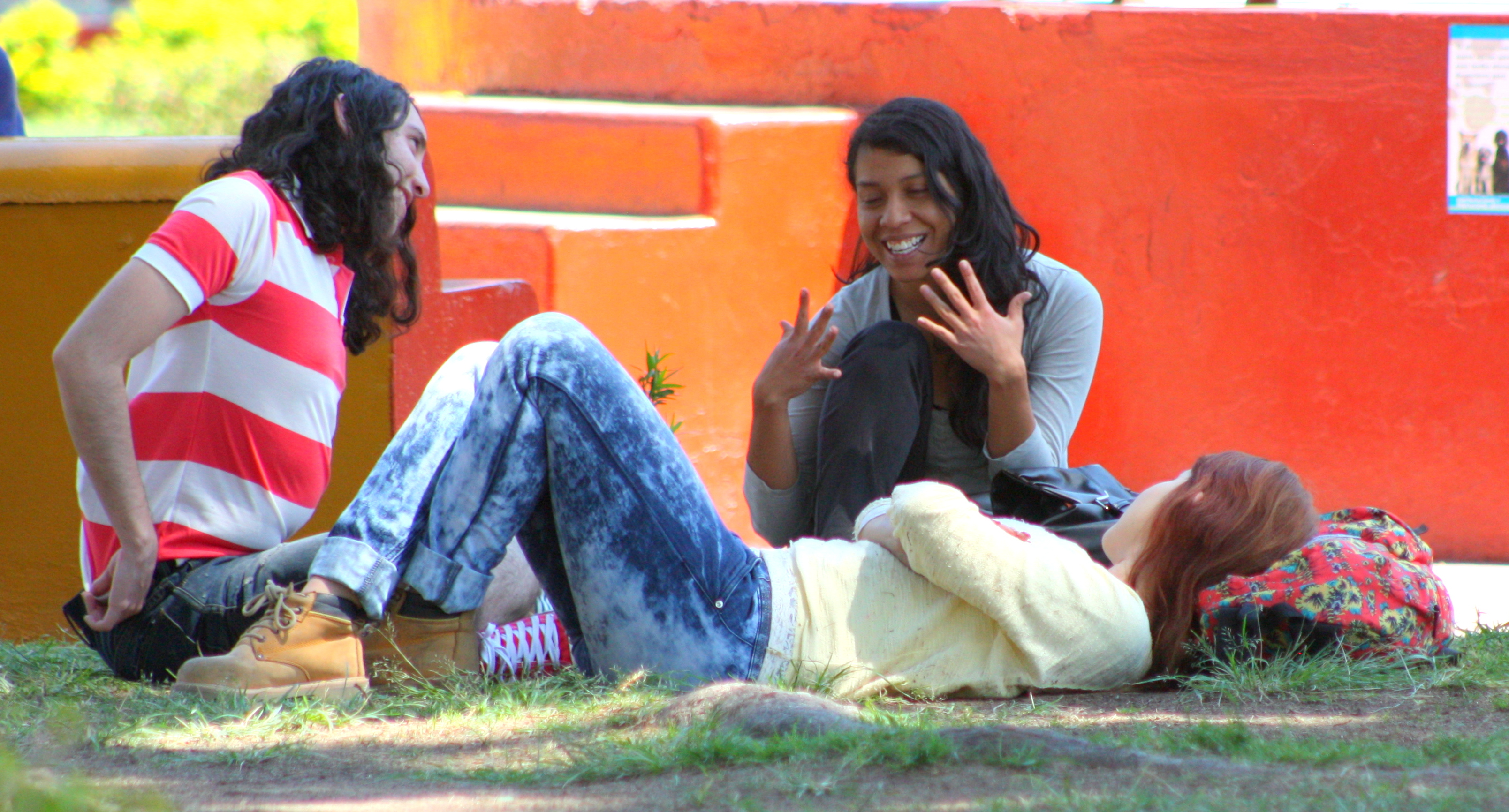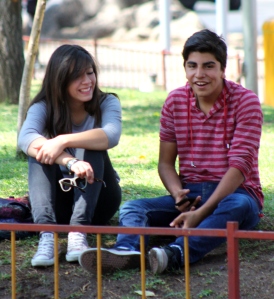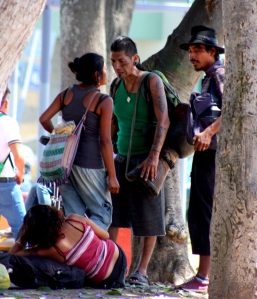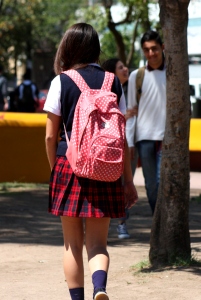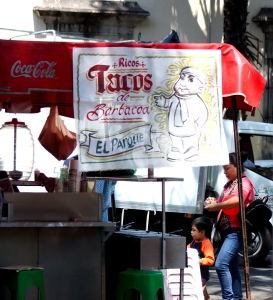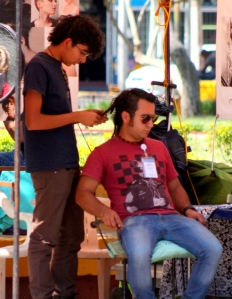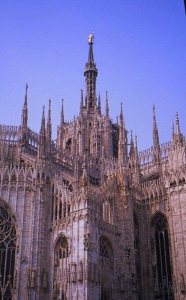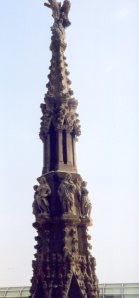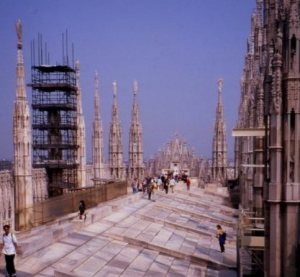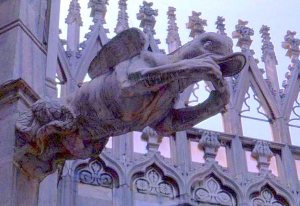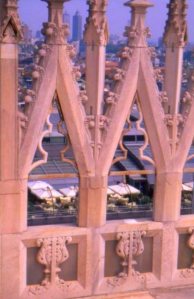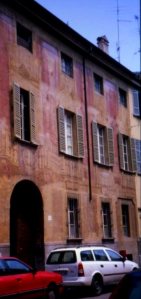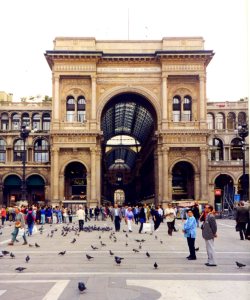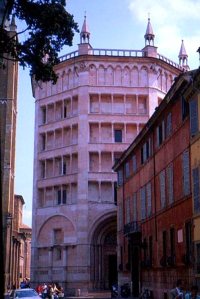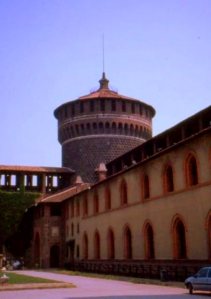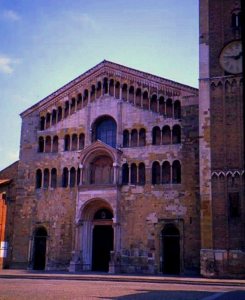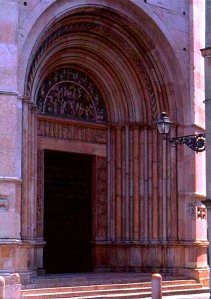The Avenida Vallarta passes directly through its heart, but much of what’s worth seeing and doing in this eclectic neighborhood happens on its less-traveled streets.
This is a walking experience, and ready accessibility via public transportation means ‘no car required’.
These neighborhoods are a great pastime during the day, but come alive in the evenings, so consider a Saturday night stayover.
Start with the Museo de la Ciudad (Calle Independencia 684, just east of 8 de Julio), which presents the history of Guadalajara from its founding in 1542.
This building housed a convent of Capuchin nuns beginning in 1761, and its courtyard is now a venue for installations, exhibitions, lectures, and tastings.
Six permanent exhibition rooms house artifacts of the historic, urban, ethnographic, artistic development of the city and its inhabitants.
Four other rooms house temporary exhibitions that invite repeated revisits.
From the Museo there it’s two blocks to the Andador Coronilla, a street-turned pedestrian thoroughfare line with restaurants, cafés, and studios that offer dancing, drawing, and painting lessons.
Laborers and shopkeepers occupy the neighborhoods east of Federalismo, and these streets afford a snapshot of everyday life for blue collar Mexicans. (See also my post South Centro.)
From there it’s another two blocks to the Parque Revolución and the University of Guadalajara, which add its own flavor to the mix.
I posted my take on the daytime Parque last week. In the evening other parts of this neighborhood come alive.
The Parque’s southwest side is home to several restaurants and bars.
Habitat features a good selection of craft beers, wifi, and pool tables. It’s also home to some eye-popping art.
West of the park on Pedro Moreno is the 1er Piso Jazz Club. The door to this walk-up location is both austere and obscure (just west of the intersection on the south side of the street), but the inside has comfortable feel of an intimate cabaret. 1er Piso had good food and a great bar. Saturday evening performances begin at 10:30PM (reservations recommended).
Cafe Gato Negro has an inviting atmosphere and serves specialty coffee drinks and a modest menu from 2:30 PM.
Next up on the walking tour of Guadalajara’s engaging Midtown: The Templo Expiatorio and the University of Guadalajara’s Museo Bellas Artes.
To reach Midtown via public transportation: From Ajijic or Chapala, take the bus to Guadalajara’s Central Viejo bus terminal (around USD $3.50).
From there it’s a short taxi ride, or you can catch the macrobus a couple of blocks east on the Calzado Independencia. Take it for the short ride to the Tren Ligera station at San Juan de Dios and ride it two stops to the Juarez station (each about USD$.50).
There are a number of boutique hotels in this area, but I rate experience as good at the Hotel Portobelo, and the Casino Plaza, which offers free in-and-out parking. Find great weekend rates on Hoteles.com.
See also my related posts on Guadalajara Midtown’s Parque Revolución and Guadalajara’s South Centro neighborhood, or browse the complete portfolio of my Guadalajara posts.

